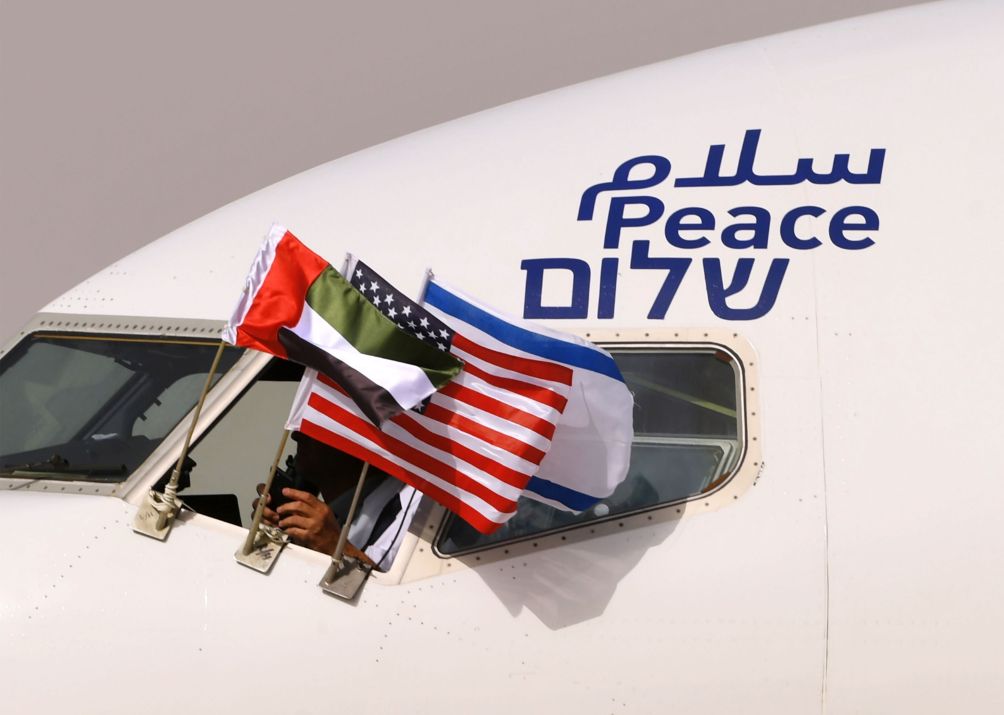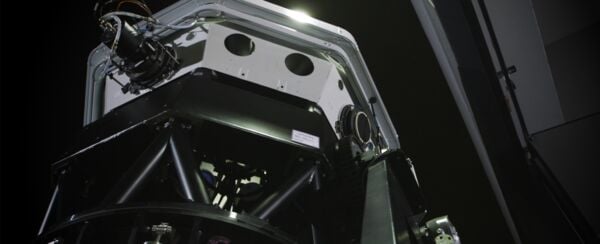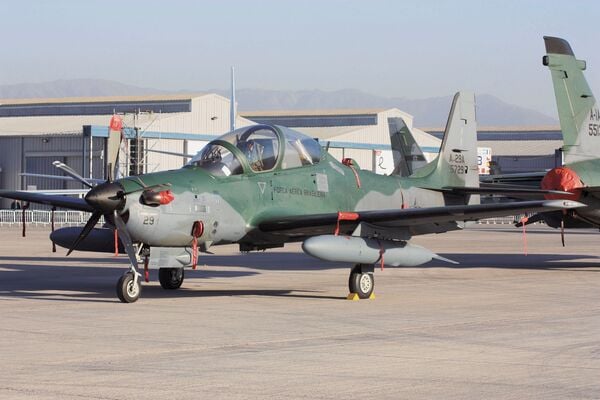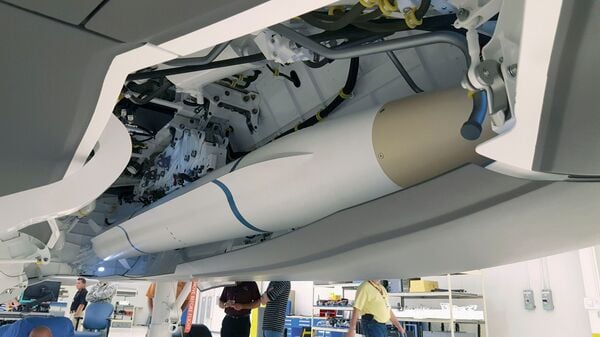- About
- Intara
- Capabilities
- Advisory
- Resources
- News
- Store
Regional implications of Abraham Accords begin to emerge
16 December 2020
by Jonathan Spyer
Between August and October 2020, Israel concluded ‘normalisation’ agreements – brokered by the United States – with Bahrain, Sudan, and the United Arab Emirates. These were the first formal agreements of recognition to be concluded between Israel and an Arab state since the Israel-Jordan peace treaty, signed in 1994. The most immediate and visible consequence of the Abraham Accords between Israel, the UAE, and Bahrain, signed on 13 August, has been the rapid commencement of overt economic activity, particularly between the UAE and Israel.
DP World, an Emirati company based in Dubai, announced its intention on 16 September 2020 to bid, in a joint venture with Israel Shipyards, for the soon-to-be privatised, strategically significant port of Haifa, on Israel’s Mediterranean coast. Such high-profile projects are a major upgrade to already existing and long-standing, de facto economic co-operation between Israeli and Emirati companies, in such fields as desert agriculture, defence and security, and artificial intelligence.
The significance of the accords is not primarily economic. Rather, they represent a formalisation of an emergent alignment based on perceived shared strategic interests between Israel and the UAE. Although this de facto alignment includes other states, analysts interviewed by Janes

Italy to enhance SSA with new ground-based sensors
26 April 2024
by Olivia Savage


Flyeye is a multiple-optics telescope with a very wide field of view that will be capable of classifying objects in space as small as 15 cm in LEO and 35 cm in MEO. The 6.5 m high and 4 m wide telescope will be used by the Italian Space Agency and military for SSA. (OHB Italia)
The Italian National Armaments Directorate (NAD) is procuring three ground-based sensors to enhance the country's space situational awareness (SSA), Janes learnt at the Military Space Situational Awareness Conference 2024, held in London from 22 to 24 April.
In total, two optical telescopes and one high-performance radar are being procured as part of its national SSA plans, Lieutenant Colonel Ferdinando Dolce, the head of SSA at NAD, said at the conference.
The first sensor being procured is a high-performance optical surveillance telescope from OHB Italia called Flyeye, Lt Col Dolce said.
Flyeye will have the capacity to monitor objects in low Earth orbit (LEO), medium Earth orbit (MEO), and geostationary orbit (GEO), Commander of the Space Situational Awareness Centre at the Italian Air Force Colonel Dario Tarantino told Janes
Brazil to update A-29 Super Tucano aircraft fleet
25 April 2024
by Victor Barreira


A Brazilian Air Force Embraer EMB 314 Super Tucano light attack/counter-insurgency aircraft. The details of Brazil's fleet upgrade are as yet undisclosed. (Janes/Gareth Jennings)
Embraer Defense and Security is to carry out the mid-life upgrade (MLU) of 68 of the EMB 314 (locally designated A-29) Super Tucano training and light attack aircraft of the Brazilian Air Force, the service's commander Lieutenant Brigadier Marcelo Kanitz Damasceno said on 17 April during a presentation to the Brazilian Committee on Foreign Relations and National Defense.
The MLU is intended to extend the lifespan of the aircraft by up to 25 years, Lt Brig Damasceno said, and follows a June 2023 agreement between Embraer and the Brazilian Air Force to study a technological refresh of the Super Tucanos, although details were not disclosed.
Brazil purchased 25 A-29A and 51 A-29B aircraft in 2001, adding eight A-29As and 15 A-29Bs in 2005. The fleet was received between 2003 and 2012.
For more information, please seeEmbraer sees market for 490 Super Tucanos .
Netherlands, Poland approved for AARGM-ER SEAD/DEAD missiles
25 April 2024
by Gareth Jennings


An AARGM-ER seen being test fitted into the internal weapons bay of an F-35 combat aircraft. The US has approved the sale of the missile to both the Netherlands and Poland. (Northrop Grumman)
The US government has approved the sale of the Northrop Grumman AGM-88G Advanced Anti-Radiation Guided Missile – Extended Range (AARGM-ER) to the Netherlands and Poland.
Announced by the US Defense Security Cooperation Agency (DSCA) on 24 April, the approvals cover 265 of the suppression of enemy air defences/destruction of enemy air defences (SEAD/DEAD) missiles for the Netherlands for approximately USD700 million, and 360 missiles for Poland for approximately USD1.275 billion. Both approvals cover related equipment, training, and support.
“The proposed sale will improve the Netherlands'/Poland's capability to meet current and future threats by strengthening its self-defence capabilities to suppress and destroy land- or sea-based radar emitters associated with enemy air defences. This capability denies the adversary the use of its air-defence systems, thereby improving the survivability of the Netherlands'/Poland's tactical aircraft,” the DSCA said of both approvals.
Between August and October 2020, Israel concluded ‘normalisation’ agreements – brokered by the Unite...
Latest Podcasts
Iran Israel analysis
In this podcast Janes analysts discuss the Iranian attacks on Israel on the 14 April. They highlight the military systems used by Iran and the performance and impact of these on Israel. They also discuss the implications of this attack goi...
Listen nowJanes Case Studies
Using Janes Intara to build a common intelligence picture: Russian build up on the Ukrainian border
View Case StudyNews Categories
 Security Details
Security Details